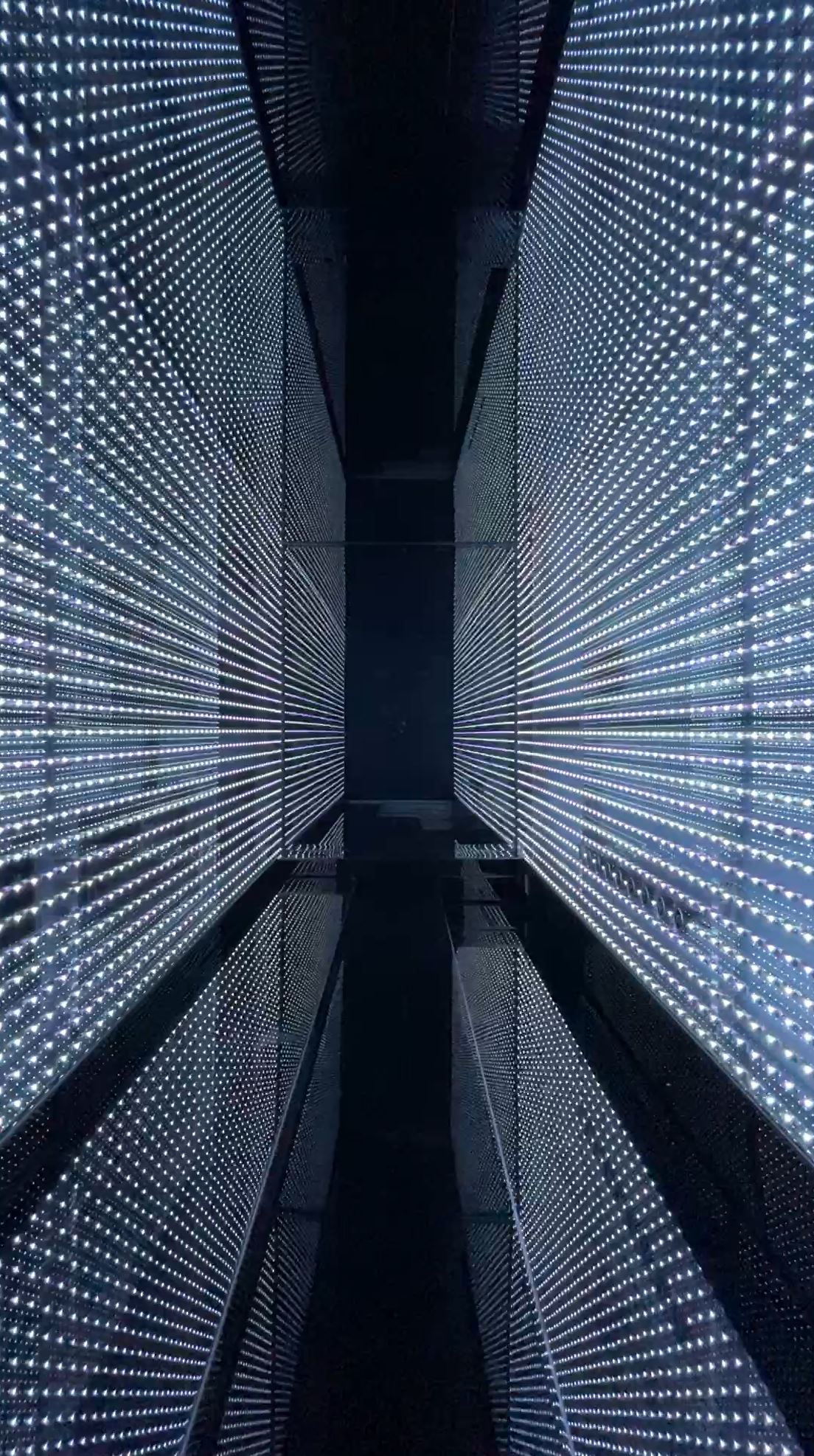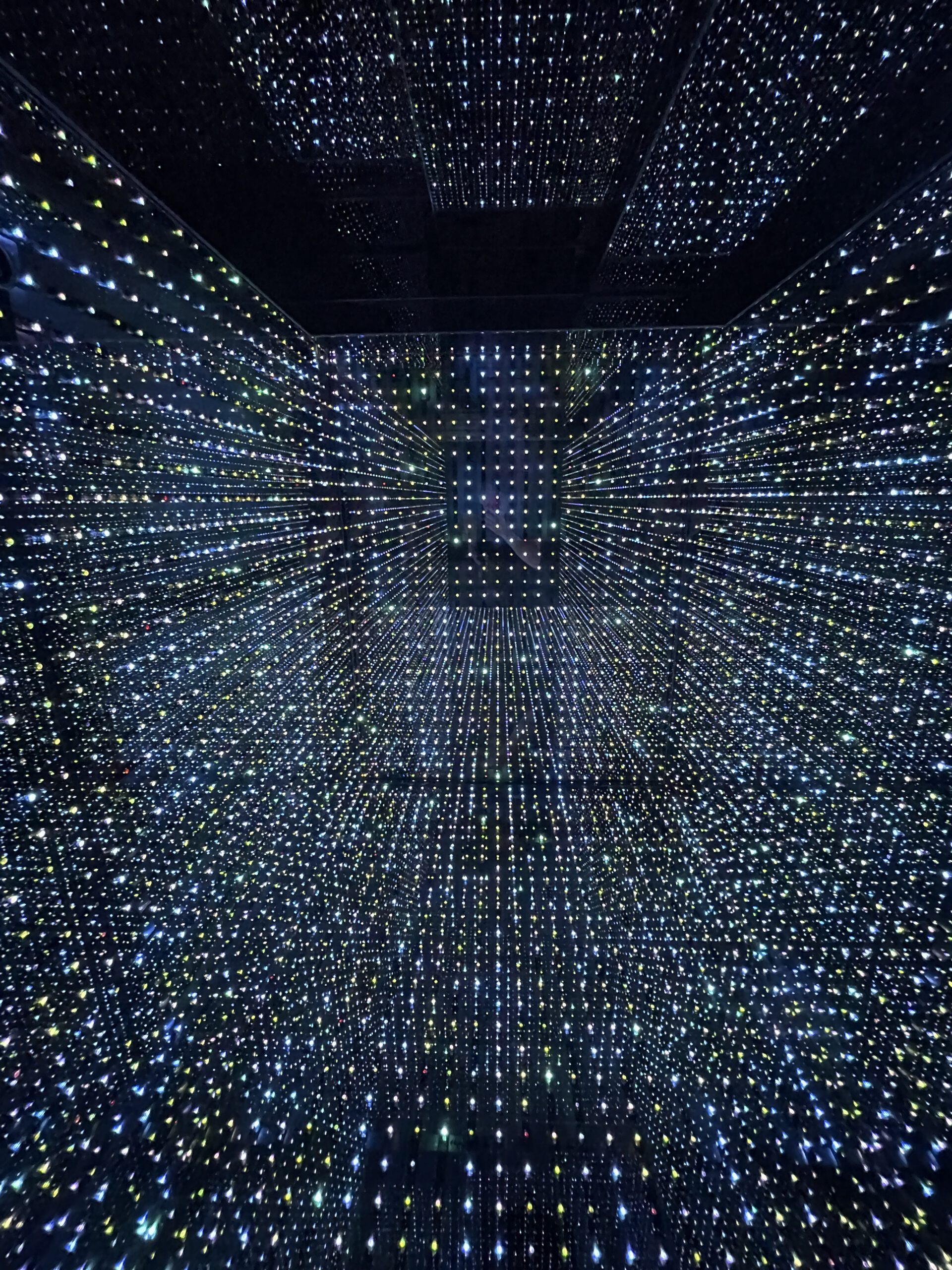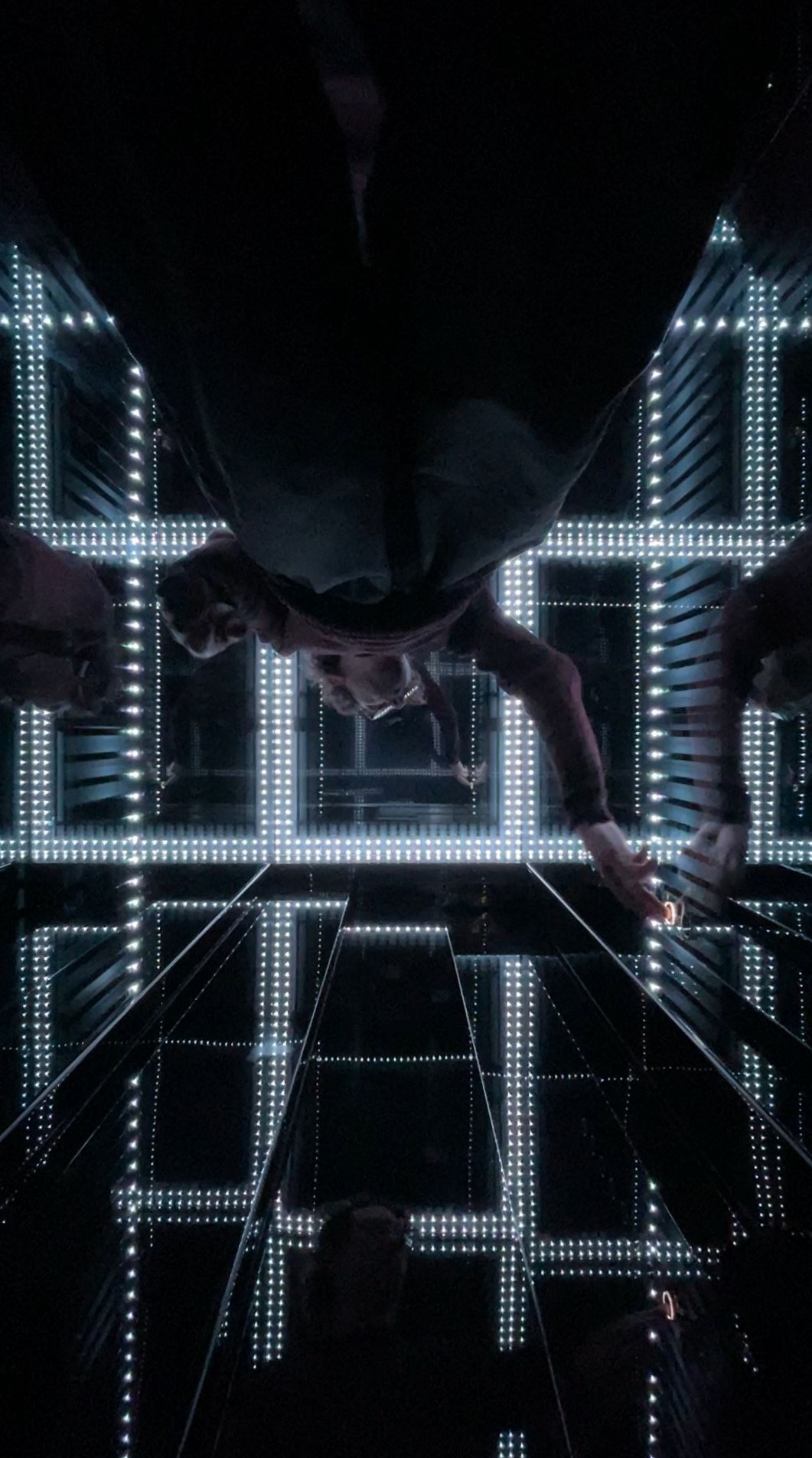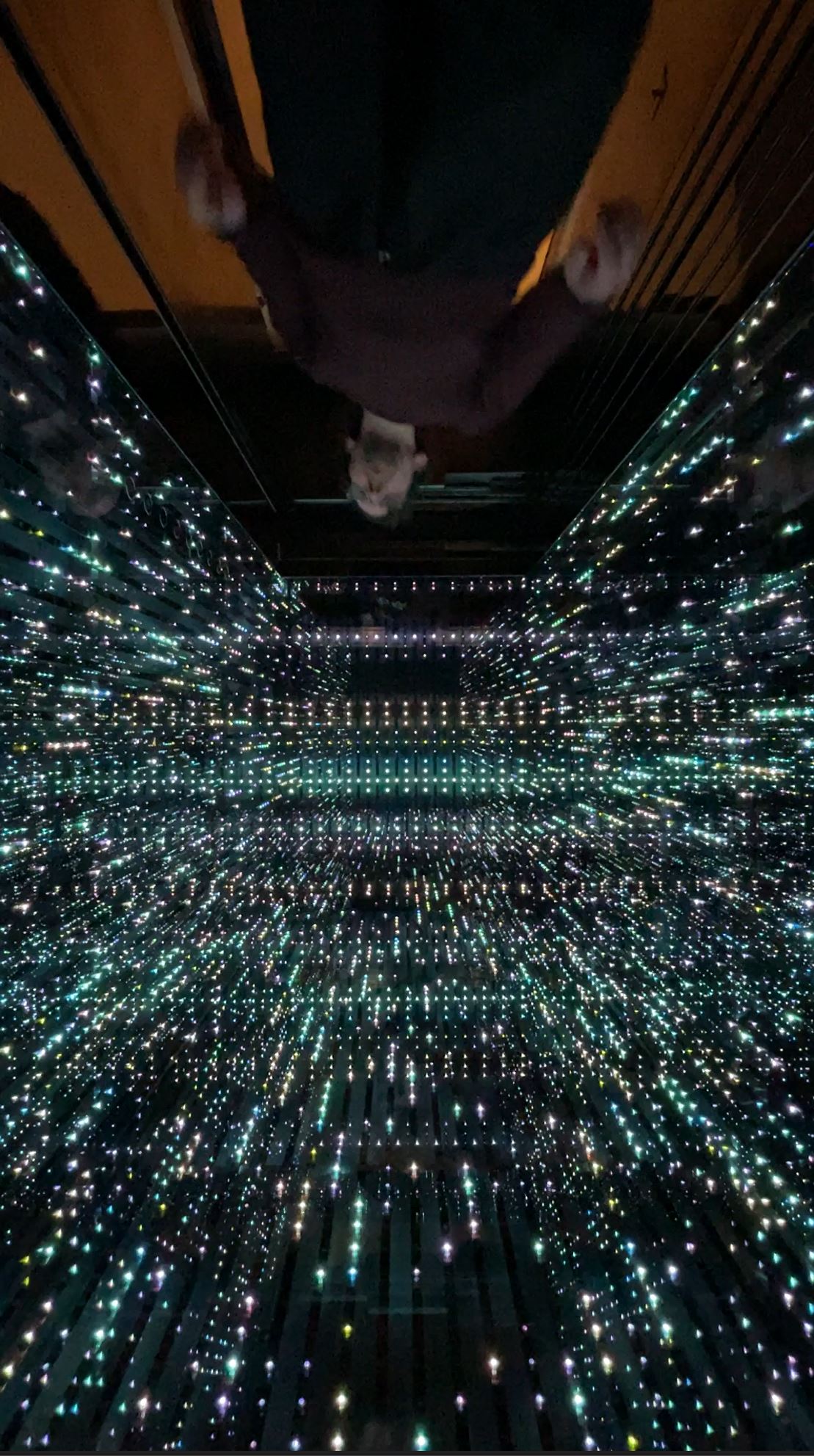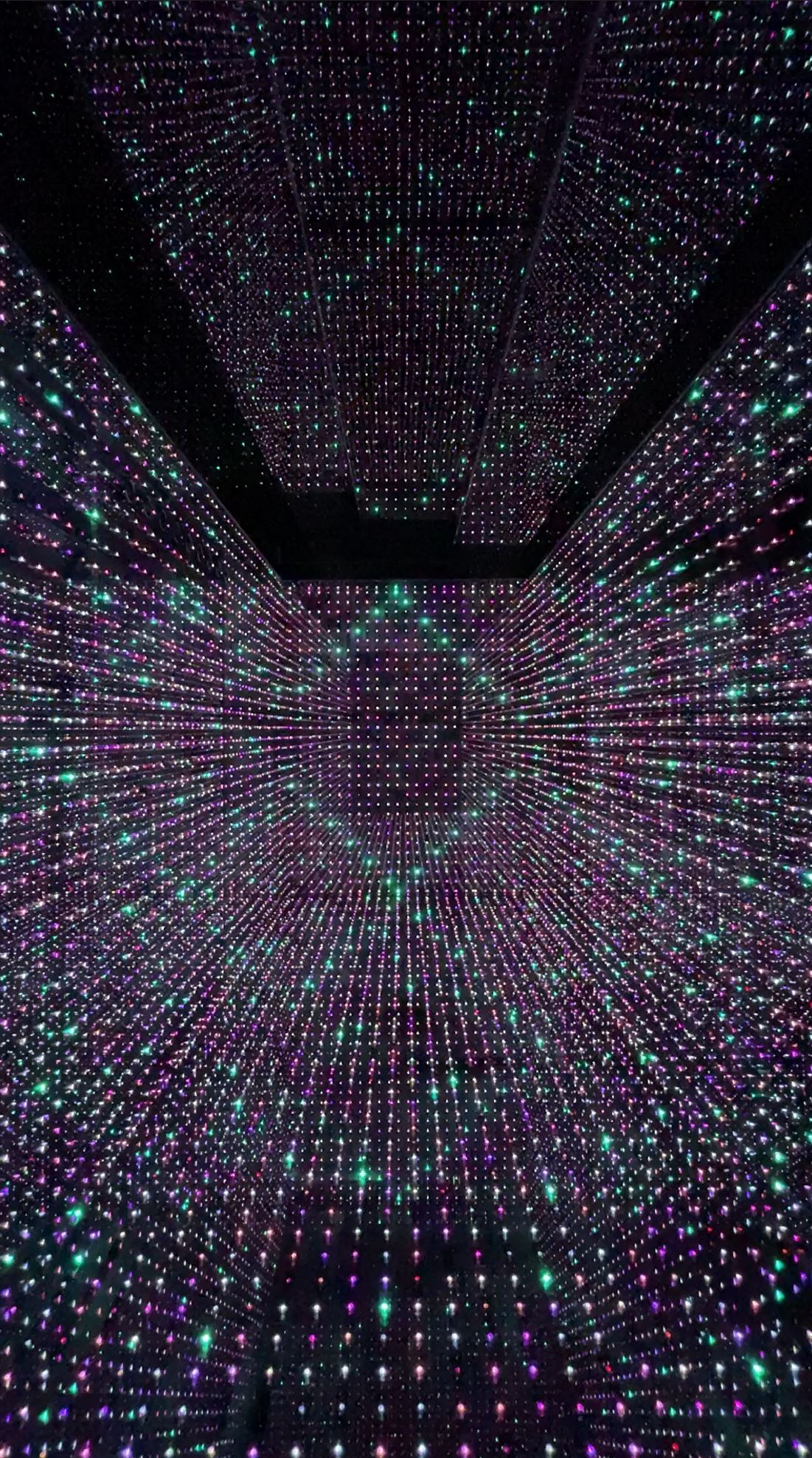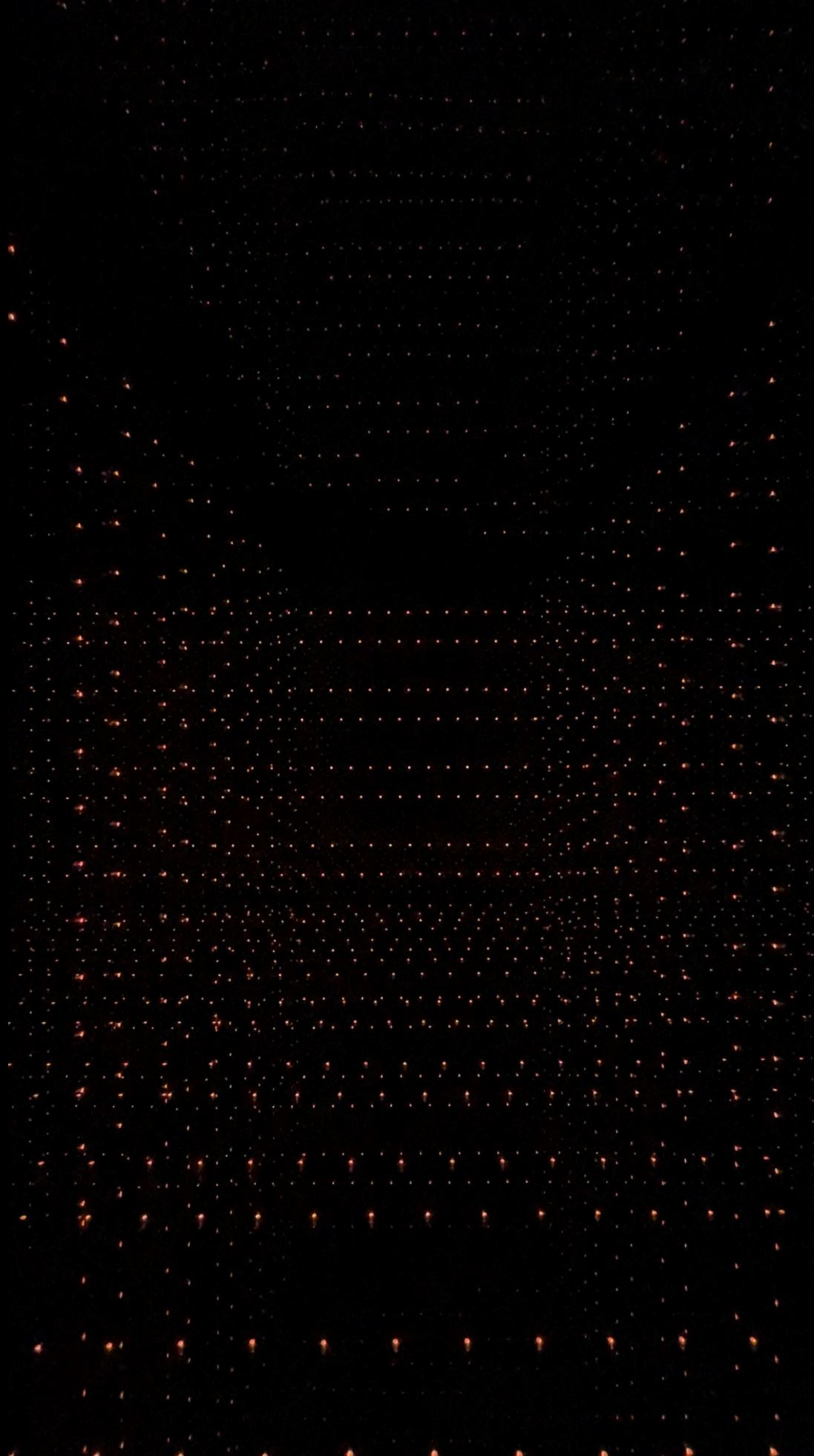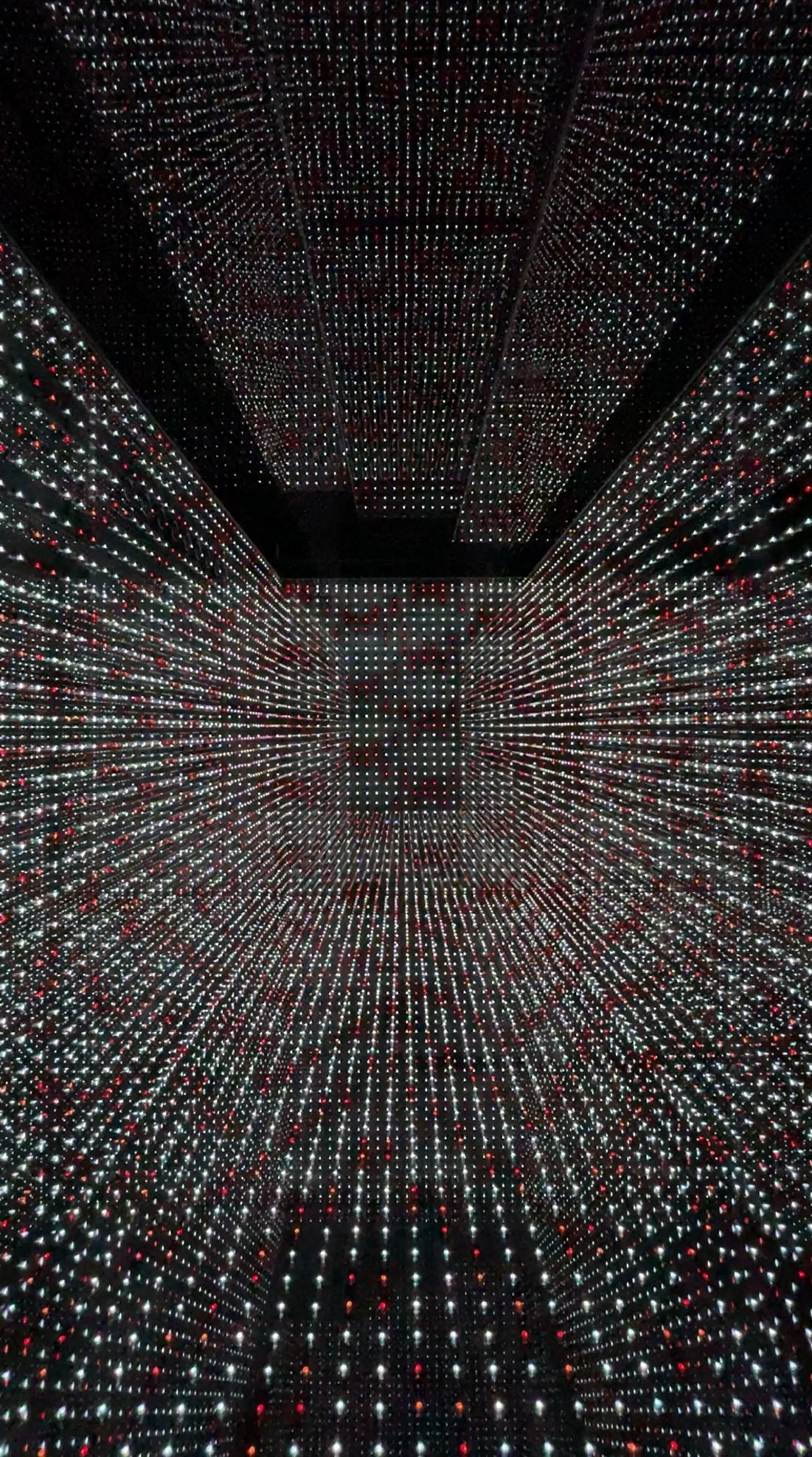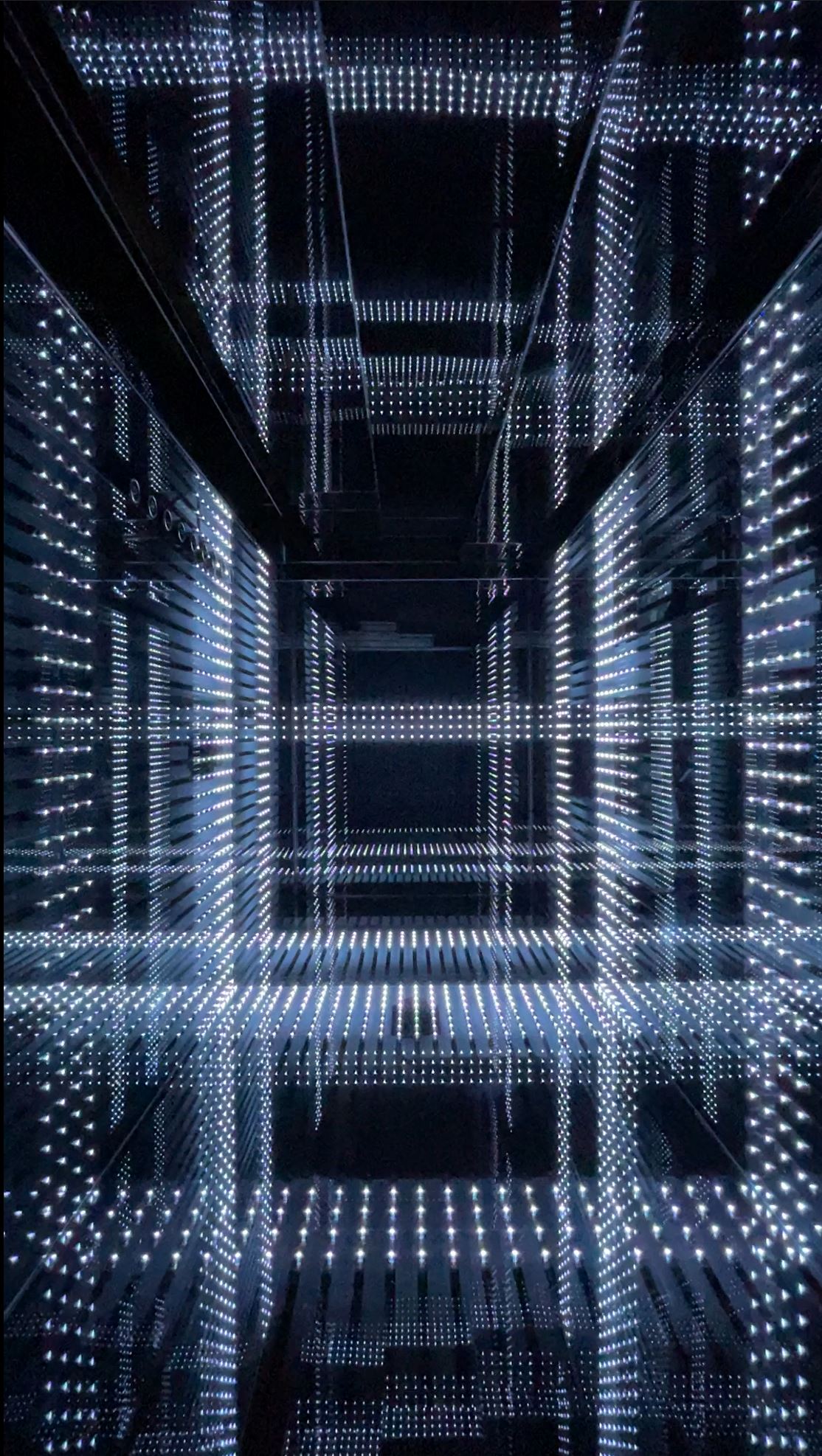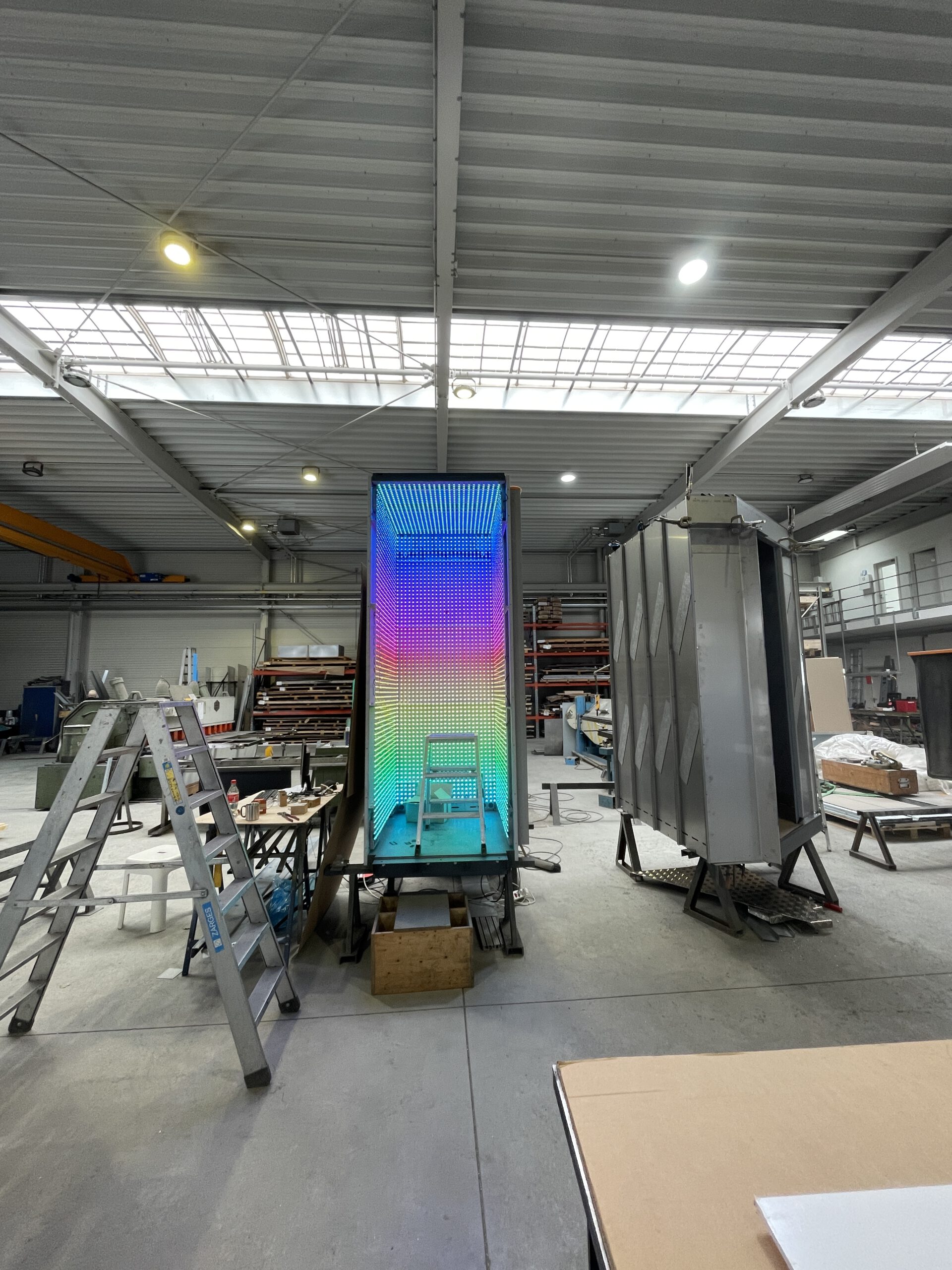
LGM#3

LGM#3 is a piece of the LGM series, build into an elevator. Whenever the the button for the upper (fake) floor is pressed, the installation plays a snipped of the data from all currently known pulsars.
The LGM series is based on an extensive database of pulsars and neutron stars from the Australian National Telescope Facility. Artistically exploring the rhythms and wavelengths of these rotating sources of radio emissions for aesthetic patterns and harmonics, the extremely fast pulses and powerful gamma rays of these exotic celestial bodies are converted into clicks, sine waves and light. The minimalist multi-channel piece is strictly based on the specifications of the 2659 pulsars currently known. When they were discovered in 1967, the precision and apparent artificiality of the signal received prompted researchers to name the unknown phenomenon LGM, which stands for “little green men”. While it was a female researcher who found the
“strange something” in her data, it was her male supervisor and a male colleague who eventually won the Nobel Prize for this discovery…
Over three chapters, an increasingly dense space of sound and light builds up to pay tribute to these metronomes
of the universe and their discoverer, Jocelyn Bell Burnell.
Duration ca. 2-4 Minutes for every round. 100x220x90 cm
Created with the use of ATNF Pulsar Catalogue.
